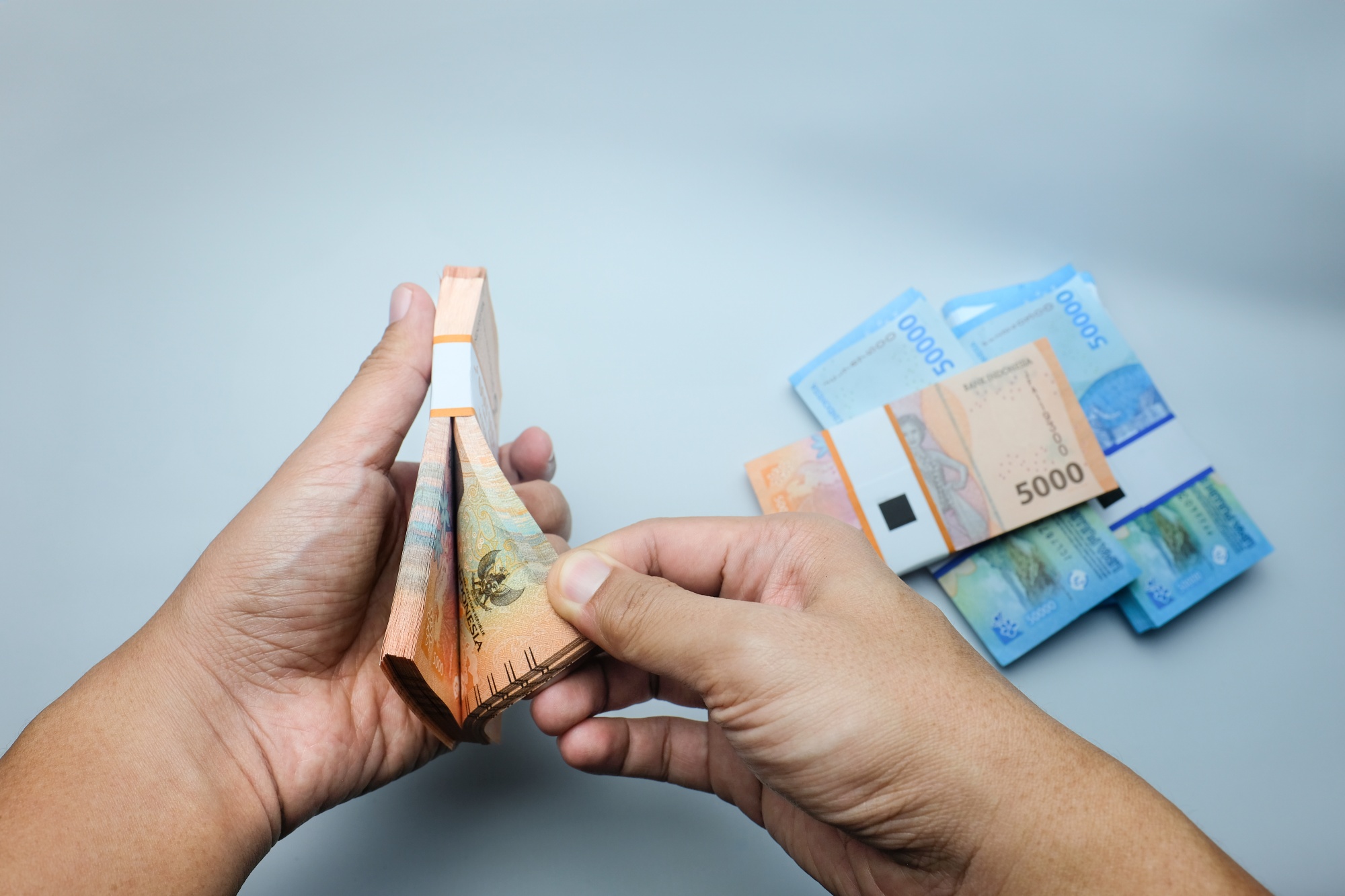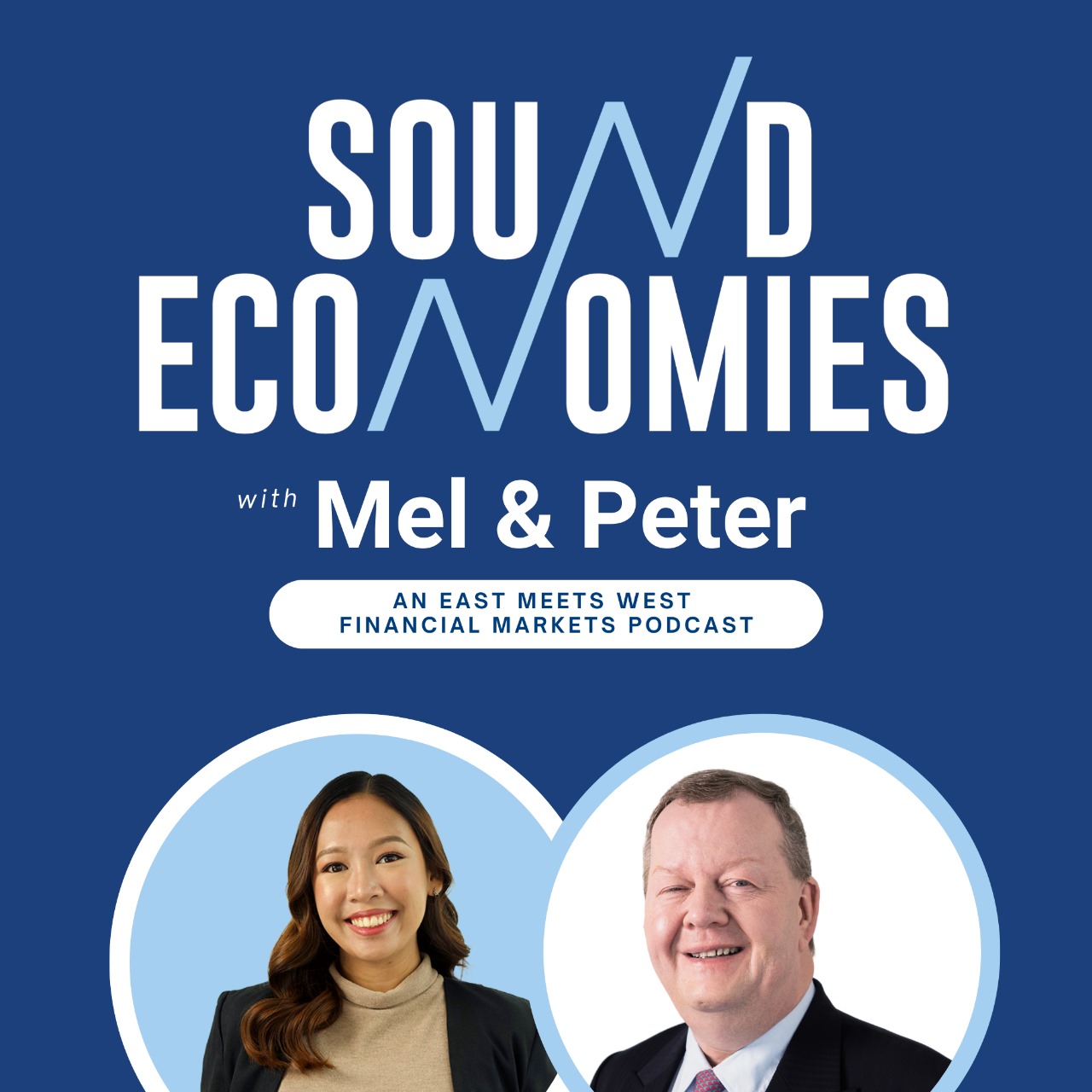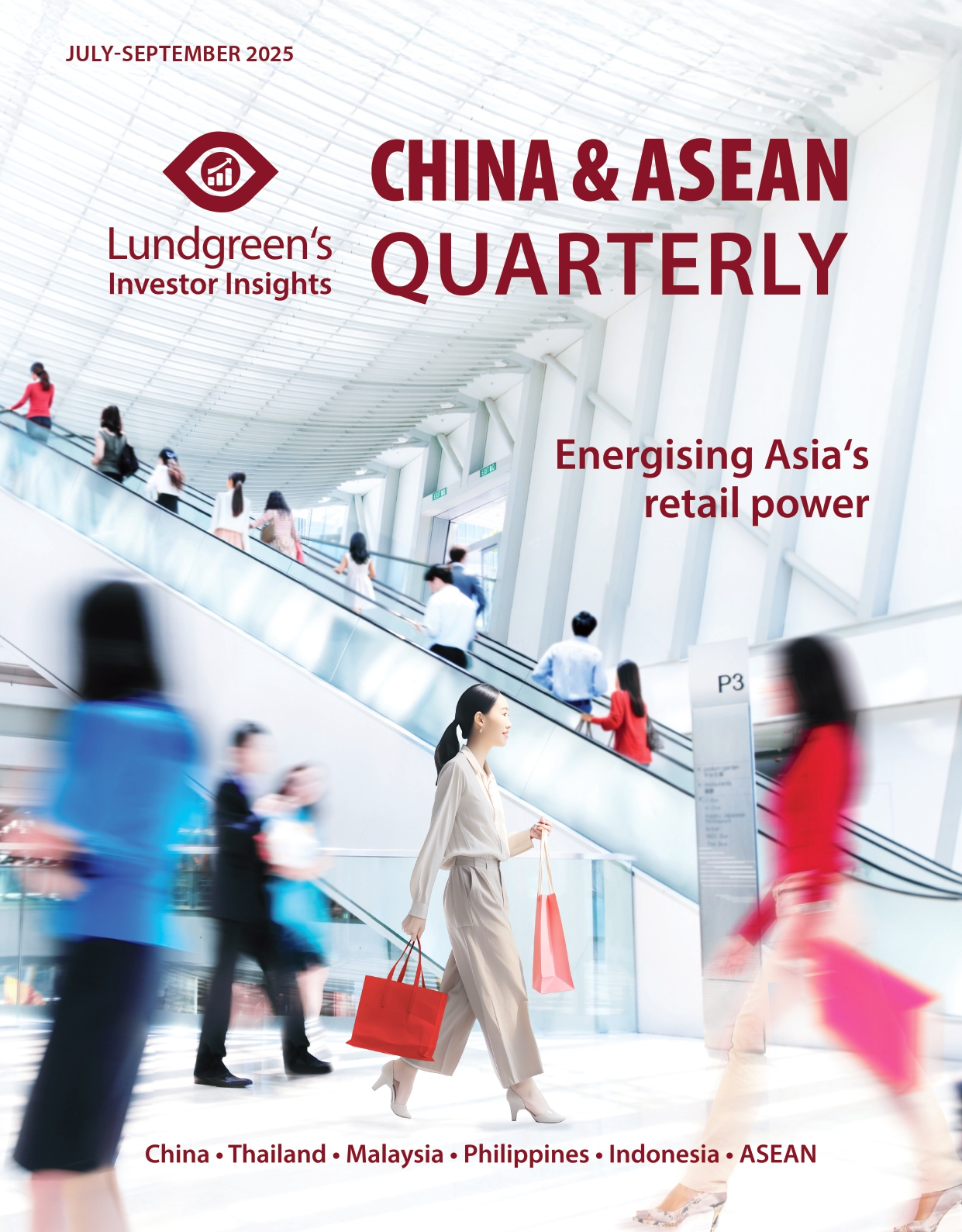Indonesia turns tariffs from threats to treats
Negotiations with the US brought down tariffs on Indonesian goods from 32 to 19 per cent, at the cost of removing duties on US imports. Can Indonesia redirect trade elsewhere to cut its losses?
US President Donald Trump’s decision to impose higher tariffs across all its trade partners has severely affected trade for several countries including Indonesia, which counts the US and China as its biggest trading partners. Although Indonesia has kept neutral regarding US-China tensions, the country would need to keep warm diplomatic ties with the two economic giants.
For the past decade, Indonesia’s trade openness remains modest as external trade has remained equivalent to below 50 per cent of GDP. Trump has been strong-arming countries part of BRICS+ by threatening to charge member-states like Indonesia with an additional 10 per cent tariff for moving to reduce their reliance on the US dollar. Will Indonesia yield, or is there a way for Jakarta to still gain from this nearly zero-sum trade?
A lopsided exchange
It is without question that the imposed US tariff creates losses for any exporting country. Prices on products will skyrocket and sales will drop, hurting both consumers and businesses without creating additional economic value. The tariff burden becomes more pronounced for countries like Indonesia, an economy with a weak currency and low production costs.
Last quarter, ASEAN markets experienced high volatility, no thanks to the shifting waves of tariff pronouncements from Trump. Graph 1 shows the major adjustments made by the US for tariffs imposed on Southeast Asian economies, which are essentially meant to punish them for producing more than what American manufacturers can competitively supply to the global market.

As with most ASEAN countries, Indonesia settled for a 19 per cent tariff in July, lower than Trump’s initial 32 per cent duty. However, this is much higher than the effective rate of 3.3 per cent on Indonesian goods shipped to the US in 2024. President Prabowo Subianto had to commit to removing tariffs for 99 per cent of US goods and non-tariff barriers affecting American firms, lift export barriers for industrial goods, and purchase Boeing jets for USD 3.2 billion to seal the deal. Some see the jets as a forced purchase, but Coordinating Minister for Economic Affairs Airlangga Hartarto views the aircrafts as important assets to develop the local logistics sector.
In exchange, the US granted several exemptions for select Indonesian goods which they cannot produce domestically such as palm oil, cocoa, and rubber, all of which are major exports for Indonesia. In 2024, Indonesia earned USD 30 billion from palm oil shipments, with the country being the world’s biggest exporter of the commodity. Thanks to this year’s win before the World Trade Organization, we expect the global palm oil market to expand further to Jakarta’s benefit. The US is also one of the top consumers of Indonesia’s processed cocoa in 2024, with total exports reaching USD 2.62 billion. Rubber is also a vital product, with Indonesia considered the second-largest exporter in the world.
Despite these, we see external trade remaining a strong source of inflows for Indonesia with the help of duty-free perks for select goods given by the US. Meanwhile, exports covered by higher tariffs can still be competitive as they remain cheaper compared to those produced by other countries.
Balancing the scales
Indonesia’s neutral foreign policy position means that it wants to maintain good relations with both the US and China. On one hand, neglecting the US will mean losing a huge market for trade, but losing China will also translate to Indonesia losing one of its biggest sources of foreign investments. Chinese investments in Indonesia amounted to USD 8.1 billion last year, more than double the USD 3.7 billion worth of US investment inflows.
Both countries play important roles for Indonesia’s economic growth. Therefore, Indonesia’s way forward is to provide opportunities to accelerate economic cooperation with Washington and Beijing. Despite economic pressures from Trump, Trade Minister Budi Santoso believes there is not much competition when it comes to peer countries sharing the same tariff rates. Indonesia continues to benefit greatly from bilateral trade ties with China, which picked up by 11 per cent year-on-year to reach USD 62.96 billion between January-May. Graph 2 illustrates the large trade deficit which Indonesia runs with China, which has ballooned over the past year; as well as the trade surplus it enjoys with the US, which has held despite recent tariff pronouncements.

Total goods exports from Indonesia to the US even reached an all-time high of USD 3.1 billion in July, showing that the country has more to gain despite the trade disruption. Net trade with the US generated a USD 12.1 billion gain for Indonesia for the first seven months of 2025, in contrast to a net deficit of USD 13.2 billion with China. During this time, Indonesia imported China-made industrial implements such as machinery and mechanical parts, electrical machinery and equipment, and vehicle and parts worth USD 20 billion, along with consumer goods.
The question that remains is whether the elevated US tariffs can do some good for Indonesia. Although the tariff will most likely burden exporters, this also gives Indonesia an edge over competitors in the textile industry. Since countries like Vietnam, Bangladesh, and China have higher tariff rates, Indonesia’s textile sector could become more attractive to foreign markets such as the US thanks to cheaper prices. An example is the recent USD 40 million investment from a Chinese firm to build a factory in Central Java to produce knitwear for Swedish fast fashion brand H&M. Here, Indonesia is seen as an alternative to an existing plant in Guangdong to avoid potentially higher US tariffs on China-sourced items.
Other segments within Indonesia’s manufacturing sector stand to gain from higher US import duties, especially for raw materials production like cotton, soybeans, corn, and crude oil by way of low overhead costs and domestically available resources.






